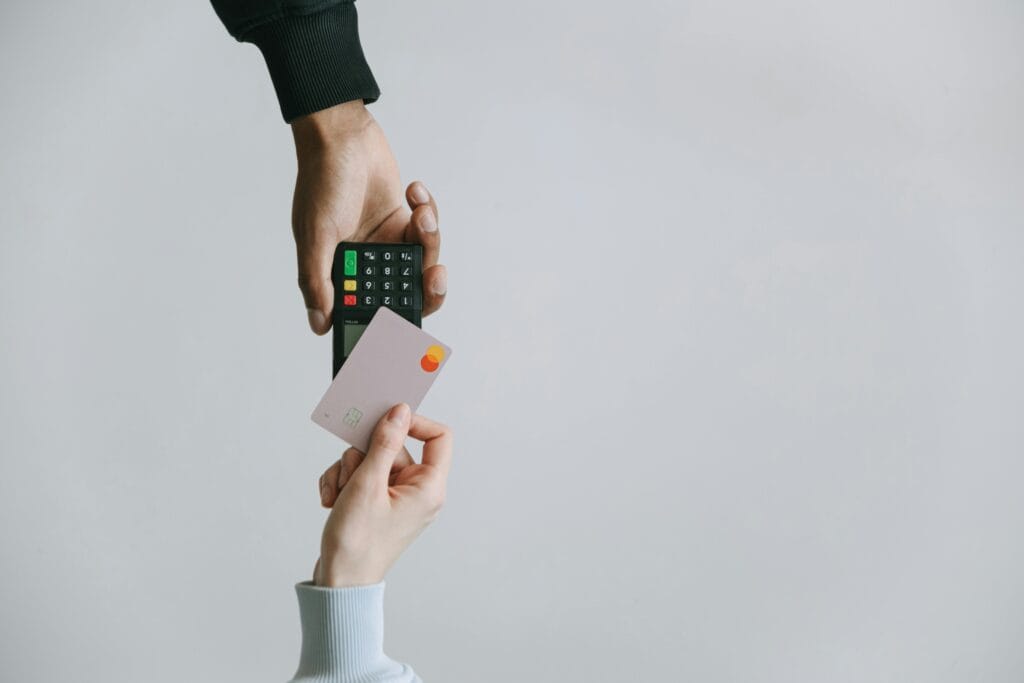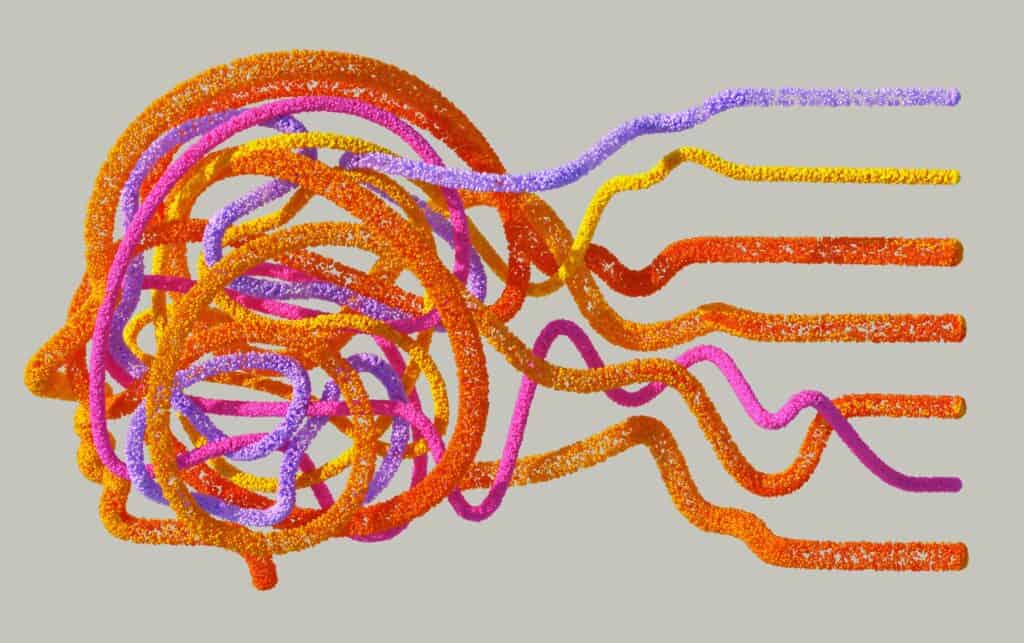When it comes to small and medium-sized enterprises (SMEs), an e-commerce website represents a huge opportunity: a 24/7 storefront open to customers, both locally and globally.
However, setting up that store is just the first step. The internet is filled with beautifully designed e-commerce sites that, despite their visual appeal, can find it a struggle to make sales.
Why? Because effective e-commerce web design is a different beast. It’s not just about aesthetics; it’s a blend of persuasion, psychology, and streamlined user experience.
A successful online store isn’t just a digital catalogue. It’s a highly optimised sales machine where every pixel, button, and line of text works together towards a single, crucial goal: turning a visitor into a customer. This is known as Conversion Rate Optimisation (CRO).
For any business owner, understanding the principles of conversion-centred design is the difference between a website that is a cost centre and one that is a powerful engine for growth. This guide will walk you through the essential strategies for structuring your e-commerce site to maximise engagement, build trust, and, most importantly, drive sales.
Beyond Aesthetics: What is Conversion-Centred E-commerce Design?

Before we dive into specific strategies, let’s explore the core philosophy of what we’ll be doing. Conversion-centred design is an approach where every single element of your website is created and evaluated based on its ability to help a user complete a desired action. In this case, making a purchase.
A purely aesthetic approach might prioritise a trendy, minimalist layout with artistic fonts. A conversion-centred approach asks:
- Does this minimalist layout restrict or conceal essential information, such as shipping costs?
- Is this artistic font easy to read on a mobile device or accessible to all users?
- Does this design choice make it easier or harder for the customer to click “Add to Cart”?
This doesn’t mean that your website has to be ugly, far from it. Great design and high conversion rates go hand in hand. However, strategic thinking and user needs must be the foundation upon which the aesthetics are built. It’s the difference between digital art and a digital tool designed for commerce, and that’s where a digital agency really shines.
First Impressions Matter: Crafting a High-Converting Homepage
Your homepage is your digital front door. You have only a few seconds to capture a visitor’s attention and convince them they are in the right place. If it’s confusing, cluttered, or unclear, they will hit the ‘back’ button without hesitation.
Keep In Mind Your Value Proposition
The moment someone lands on your homepage, they should be able to answer three questions instantly:
- Who are you? (Your brand)
- What do you sell? (Your products/category)
- Why should I buy from you? (Your unique value proposition)
This should be communicated “above the fold” (the part of the screen visible without scrolling) through a powerful headline, a concise sub-headline, and a compelling hero image or video. Don’t require visitors to search for this information, as they are likely to lose interest quickly.
Use High-Quality Visuals
Humans are visual creatures. Poor-quality, low-resolution, or generic stock photography will instantly devalue your brand and your products.
Invest in professional photography and videography that showcases your products in the best possible light. Show them in context, from multiple angles, and in use. High-quality visuals build trust and create the intent to buy.
Aim For Intuitive Navigation
Imagine walking into a physical store with no signs or logical layout. Frustrating, right? The same goes for your website. Your navigation menu should be simple, rational, and predictable.
- Logical Categories: Group your products into clear, intuitive categories. Use language your customers would use, not internal jargon.
- Prominent Search Bar: Many users know exactly what they are looking for. As such, a powerful, obvious search bar is a critical tool for conversions.
- Visible Cart and Account Icons: Make it easy for users to view their shopping cart and access their account.
The Digital Showroom: Optimising Your Product Pages
If the homepage gets them in the door, then the product page is where the sale is won or lost. This is your opportunity to provide the customer with all the information and confidence they need to make a purchase.
Create Compelling Product Descriptions
Don’t just list features; sell the benefits. A feature is what something is (e.g., “This jacket is made of Gore-Tex”). A benefit is what it does for the customer (e.g., “Stay completely dry and comfortable on your adventures with our waterproof Gore-Tex jacket”). As such, be sure to write engaging copy that tells a story, addresses potential pain points, and helps the customer imagine themselves using and benefiting from the product.
Provide Multiple High-Resolution Images and Videos
Since customers can’t physically touch or hold your product online, your visuals have to do all the work.
- Provide multiple photos: Show the product from every angle, including front, back, side, and close-ups of key details.
- Show context: Display the product in use. If it’s a piece of clothing, show it on a model; if it’s a coffee maker, display it in a kitchen.
- Use video: A short video demonstrating the product can be incredibly powerful, as it increases understanding and boosts conversion rates significantly.
- Implement a zoom feature: Allow users to zoom in on high-resolution images to inspect details more closely.
Use Transparent Pricing and Calls-to-Action (CTAs)
When it comes to what you want your customer to do, there should be zero ambiguity. The price should be clearly and prominently displayed. If there are different options (e.g., size, colour), the price should update accordingly.
Additionally, the “Add to Cart” button should be the most visually dominant element on the page. Use a contrasting colour to make it stand out and provide clear, action-oriented text to prompt them to take the next step.
Harness Social Proof Whenever Possible
People trust people, making social proof a powerful psychological trigger that validates a customer’s decision.
- Customer Reviews and Ratings: Integrate a review system directly on your product pages. The presence of reviews—even a few negative ones—builds authenticity and trust.
- Testimonials and User-Generated Content (UGC): Showcase glowing testimonials or create a gallery of social-media photos from happy customers using your product.
The Path of Least Resistance: Streamlining the Checkout Process
According to industry research, the average cart abandonment rate is around 70%. This means that seven out of every ten customers who add a product to their cart leave without making a purchase. Your goal is therefore, is to make the payment process as frictionless as possible.
Start Minimising Steps and Friction
Every extra field, every extra click, and every extra page in your checkout process is another opportunity for a customer to abandon their purchase. As such:
- Keep it to a single page.
- Only ask for essential information. Do you really need their phone number or date of birth?
- Use a progress bar to show users exactly where they are in the process.
- Enable auto-fill for addresses and payment information to streamline the process.
Offer Guest Checkout Options
Forcing a user to create an account before they can make a purchase is a notorious conversion killer. Always, always offer a guest checkout option. You can allow them to create an account after the purchase is complete by simply adding a password, especially when combined with discount offers to make it worth their while
Provide Multiple Payment Options

Cater to modern buying habits by offering a variety of payment methods. Go beyond the standard credit/debit cards by integrating trusted gateways like PayPal, Stripe, Apple Pay, and Google Pay. This can significantly increase conversions, as it allows users to use their preferred methods and pay with saved details in just a few clicks.
Building for Everyone: Mobile-First Design and Site Speed
The Mobile Majority
Today, the majority of e-commerce traffic comes from mobile devices. If your website is not optimised for a small screen, you are actively turning away the majority of your potential customers. As such, a “mobile-first” design approach is no longer a luxury; it’s a necessity. This means designing the mobile experience first and then adapting it for larger screens, ensuring that the experience is seamless, fast, and easy to navigate with a thumb.
The Need for Speed
Website loading speed is a critical conversion factor, with slow-loading pages frustrating users and increasing the likelihood of them leaving. Studies have consistently shown that even a one-second delay in page load time can cause a significant drop in conversion rates. So, optimise your images, use efficient code, and invest in quality hosting to ensure your site is lightning-fast on both desktop and mobile.
Building Trust and Reducing Anxiety
When a customer buys from a new online store, they are taking a risk. This means that your website’s design must work hard to build trust and alleviate any purchasing anxiety.
Displaying Trust Signals
These are small visual cues that reassure customers that your site is legitimate and that their information is safe. This can include:
- SSL Certificate: Ensure your site uses HTTPS (indicated by the padlock icon in the browser bar). This is non-negotiable.
- Security Badges: Display logos of security partners, such as Norton or McAfee.
- Payment Logos: Show the logos of the payment methods you accept.
- Clear Contact Information: Provide a visible phone number, email address, and physical address to show that there’s a real business with real people behind the website.
Clear and Fair Policies
Uncertainty creates hesitation, especially within a buying cycle. Pre-empt customer questions and concerns by making your key policies easy to find and understand. A prominent link in your site’s footer to clear, simply-written pages for your Shipping Policy and Returns Policy can dramatically reduce purchase anxiety and build customer confidence.
Conclusion: A Continuous Journey of Optimisation
Building a high-converting e-commerce website is not a “set it and forget it” task. It’s a continuous process of listening to your customers, analysing data, and making incremental improvements. The website design strategies outlined above are not just a checklist to be completed once; they should be your ongoing guide for future tweaks and enhancements as you grow.
From the first impression on your homepage to the final click on the “Confirm Purchase” button, every element of your design should be purposeful and intentional. By focusing on a clear value proposition, optimising your product pages, streamlining your checkout, and building a foundation of speed and trust, you can transform your website from a simple online presence into your most powerful sales asset.
Ready to turn your e-commerce website into a conversion powerhouse? Contact the team at Full Stack Industries. We build strategic online stores designed to deliver not just clicks, but customers.






